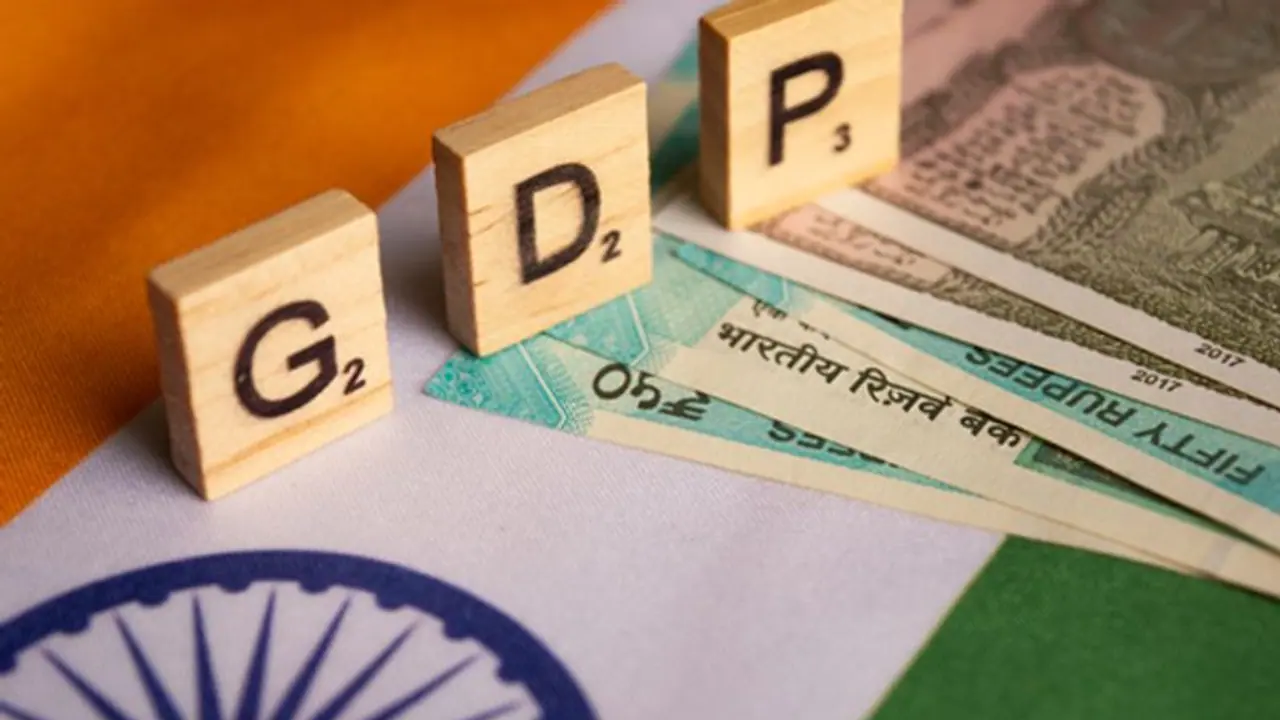The Economic Survey’s forecasts of real and nominal GDP growth for FY2022 of 11.0% and 15.4%, respectively, will require a substantial push from central and state government spending, according to Aditi Nayar, Principal Economist, ICRA Limited
The Economic Survey 2020-21 released by the Narendra Modi government on January 29 pointed towards a V-shaped economic recovery in the next financial year. Asianet Newsable reached out to experts to give their assessment of the Economic Survey 2020-21. Here are some views expressed by Aditi Nayar, Principal Economist at ICRA Limited.

The Economic Survey’s forecasts of real and nominal GDP growth for FY2022 of 11.0% and 15.4%, respectively, will require a substantial push from central and state government spending.
Private sector capacity expansion announcements are anticipated to be intermittent, and sector-specific in the next couple of quarters. Moreover, private consumption is likely to chart a differentiated recovery across income and age groups, in our view.
Based on the comments made in the Economic Survey, we expect the Union Budget to incorporate a growth in gross tax revenues of 15-16%, which in conjunction with a stiff target for disinvestment proceeds, would allow the Government to project a considerable expansion in spending, especially on CAPEX.
The ensuing higher GDP growth would help Union Government finances to revert to a sustainable fiscal trajectory over the medium term.
In line with our estimate that the Government of India will target a fiscal deficit of 5.0% of GDP for FY2022, we peg its gross dated borrowings at Rs. 11.7 trillion for the coming fiscal.
The revised estimates for FY2020 reveal a surprisingly mixed trend, with an upward revision in the growth of GVA to 4.1% from 3.9%, and a similar downward revision in the pace of rise in GDP to 4.0% from 4.2%.
The growth rates for FY2020 may well undergo additional changes, once the data from the Annual Survey of Industries as well as other sources become available.
The upward revision in GVA growth for FY2020 has been led by just three sub-sectors, namely, agriculture and allied activities, trade, hotels, transport etc, and financial, real estate and professional services, whereas all of the others have undergone a downward revision.
In contrast, the paring down of GDP growth for FY2020 has been led by government expenditure and net exports, whereas the expansion in private final consumption expenditure and gross fixed capital formation has been revised upwards.
Interestingly, the revised data now suggests that gross fixed capital formation (GFCF) expanded by 5.4% in FY2020, in contrast to the earlier estimate of a 2.8% contraction.
Based on this, GFCF may not have actually completed a V-shaped recovery in Q2 FY2021, with the pace of contraction has eased to 7.3% in that quarter from the deep 47.1% recorded in Q1 FY2021 during the lockdown.
